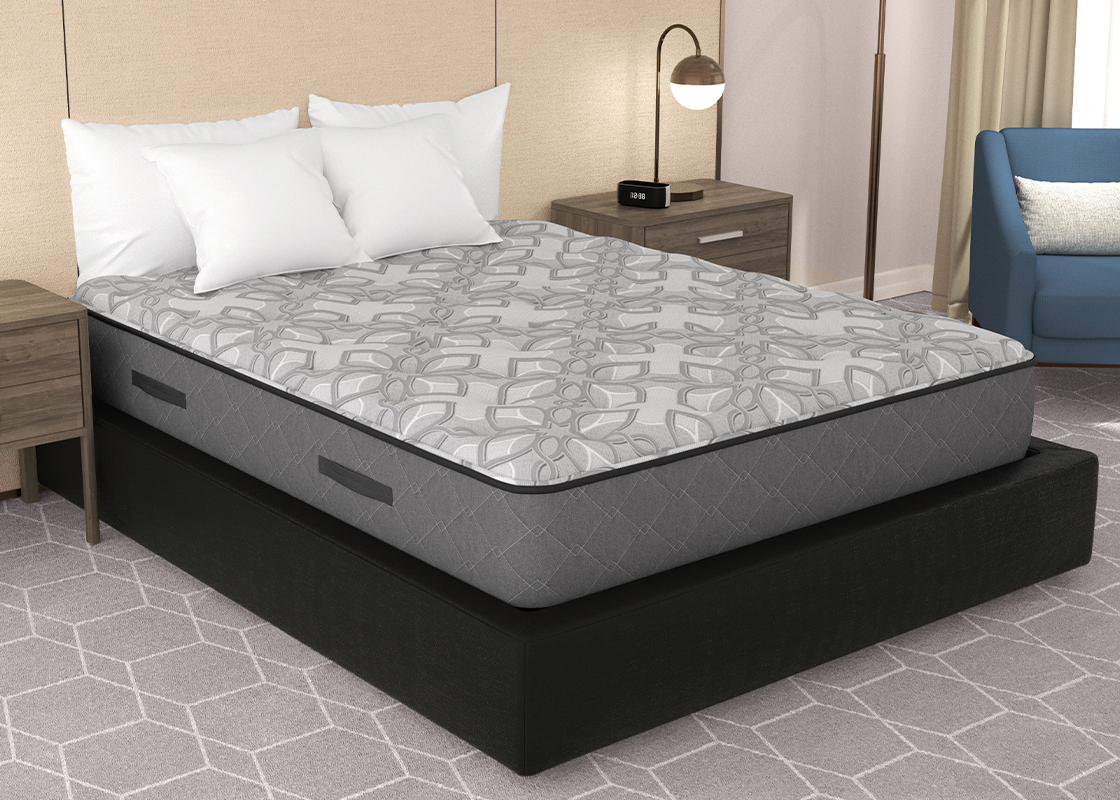Energy Efficient Design Strategies for Houses
Energy efficient house design has become an increasingly important aspect of modern architecture. With the cost of energy rising, more and more people are looking for ways to incorporate green features into their homes to make them more efficient and reduce their overall energy consumption. Some of the most popular energy efficient design strategies for houses include heat loss reduction, advanced materials, air tightness design, and passive solar strategies. It's important to consider all these strategies when creating an energy efficient design for a home.
House Designs with Improved Insulation
Insulation is an important part of energy efficient house design. It is important to make sure that house designs with improved insulation are used in order to reduce both heat loss and energy consumption in a home. The type of insulation used is important as well, with cellulose, wool, and recycled denim being more effective than traditional materials like fiberglass. Additionally, using air barriers such as foam or rigid board insulation can help reduce air leakage and further improve the overall efficiency of a home.
Passive Solar Strategies for Residential Building Design
Passive solar strategies for residential building design are an effective way of utilizing natural sunlight to reduce energy consumption. Although this may seem like an unconventional approach, incorporating elements like passive solar water heaters, glazed windows, air locks, and external shading can help reduce energy use in a home without sacrificing luxury and comfort. Incorporating a mixture of passive solar elements into the design of a home can result in significant energy savings over the lifetime of the property.
Air Tightness Design Strategies for Houses
In order to maximize the effectiveness of energy efficient house design strategies, air tightness must be considered. Air leakage is one of the most common sources of heat loss in a home and reducing this can significantly reduce energy consumption. Air tightness can be achieved through a combination of high-quality insulation, airtight windows and doors, and building wraps. Efficiente airtightness design can also help reduce drafts, improve indoor air quality, and decrease outside noise.
Advanced Materials for Houses to Reduce Energy Use
Using advanced materials for houses can also help reduce energy use, particularly when coupled with energy efficient house design strategies. Modern materials such as Low-E coatings are designed to minimize heat transfer and help keep the interior of a home comfortable without using as much energy. There are also materials specifically designed for homes that help reduce noise, such as insulated wall panels, which can further improve energy efficiency and comfort levels.
Ideas for Eco-Friendly Home Design and Building
One of the best ways to reduce the environmental impact of a home is by incorporating eco-friendly home design and building techniques. This includes utilizing green building materials such as recycled metals, recycled glass, and natural wood, as well as selecting efficient appliances, light fixtures, and other energy-saving features. Additionally, incorporating elements like green roofs and solar panels into the design of a home can help reduce energy consumption and reduce waste.
House Designs with Green Roofs and Solar Panels
Many modern house designs incorporate green roofs and solar panels into the overall design in order to further reduce energy consumption. Green roofs help to regulate the temperature of a home while also providing additional insulation and potentially collecting rainwater. Additionally, installing solar panels on the exterior of the home can produce energy from the sun, resulting in fewer costs associated with energy bills. Investing in green roofs and solar panels is a great way to further reduce the environmental impact of a home.
Modern Energy Saving House Design

The future of home design lies in efficient energy use. Homeowners can save money on energy bills, increase comfort levels in their homes, and reduce their environmental footprint by making their buildings more energy-efficient. The most effective way to achieve these goals is to design an energy-saving house from the ground up. Such a home would feature efficient heating, cooling, and ventilation systems, as well as thoughtful choices in materials, insulation, and other details that can cut energy use and make a home more comfortable.
The key to energy-efficient house design is to start with a well-considered floor plan . A well-designed floor plan creates a compact home with designated areas for different activities, efficient connections between rooms, and a layout that minimizes airflow. For instance, the kitchen should be a central location in the home so that hot air from cooking and cooling appliances do not need to travel far. The bedrooms should be kept away from public spaces to maintain comfortable and private spaces.
The building materials chosen for a home's construction are also critical to its overall energy efficiency. Avoiding materials that are heavy or difficult to insulate, such as brick, is a good start. Opting for appropriate insulation materials and techniques like double framing and thermal bridging in sections where heat can escape easily is also important. Additionally, choosing materials that are lightweight and conductive of heat, such as aluminum or steel, is key in order to create a more efficient energy system.
Heating, Cooling and Ventilation System

A home's heating, cooling and ventilation system, also often referred to as HVAC, has the largest impact on energy consumption and has the greatest potential for energy savings. Upgrading to an efficient HVAC system will help create a comfortable, healthy indoor environment while also lowering annual energy bills. By choosing higher-efficiency equipment, opting for zones in larger homes, and insulating ductwork, homeowners can dramatically reduce energy consumption and improve comfort.
Finally, investing in energy-efficient appliances and fixtures is an essential part of creating an energy-saving house design. Opting for ENERGY STAR certified appliances and light fixtures can significantly reduce energy use. LEDs, for example, consume 85 percent less energy than traditional incandescent lighting. Additionally, passive home design features, such as incorporating natural ventilation and maximizing natural light during the day, can reduce energy use while creating healthier environments through cleaner air.


























































































